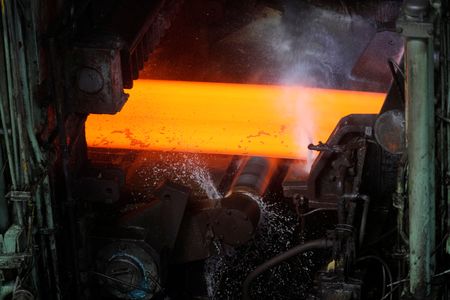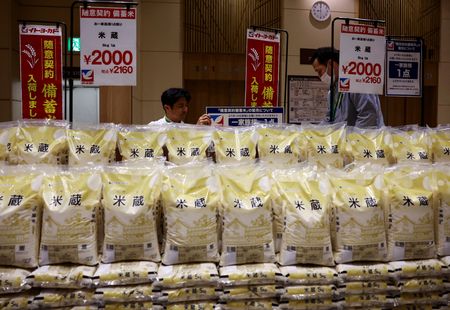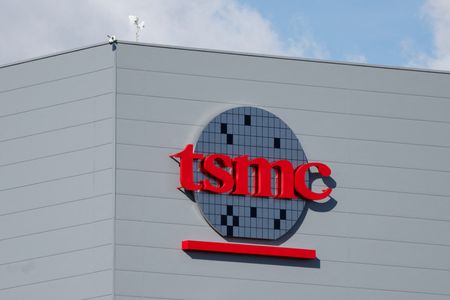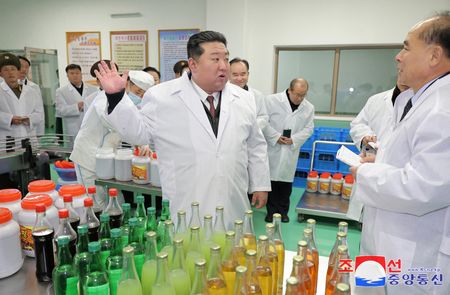SINGAPORE (Reuters) -As much as 303 million metric tons per year of new high-emitting blast furnace capacity is under development, especially in major steel producers India and China, new research showed, suggesting it will still make up the vast majority of production by 2030.
Steel production is responsible for about 11% of total climate warming greenhouse gas emissions, with global steel demand set to exceed 2 billion tons by 2030, the U.S.-based Global Energy Monitor think tank said.
While cleaner electric arc furnace technology is expected to rise 24% by then, blast furnace capacity is set to rise 7% and account for 64% of total global output, GEM said.
The think tank warned that the steps taken by India, which accounts for 57% of all new coal-based blast furnace capacity under development, will be pivotal in “greening one of the world’s most polluting industries”.
“India is now the bellwether of global steel decarbonisation,” Astrid Grigsby-Schulte, one of the report’s authors, said in a statement.
The actions of its steel industry will determine how close the sector gets to the International Energy Agency’s target of switching 38% of furnaces to electric arc by 2030.
China, the world’s biggest steel producer, built around 21 million tons of new blast furnace capacity last year, while India added another 10 million tons, GEM data showed.
(Reporting by David Stanway; Editing by Saad Sayeed)











